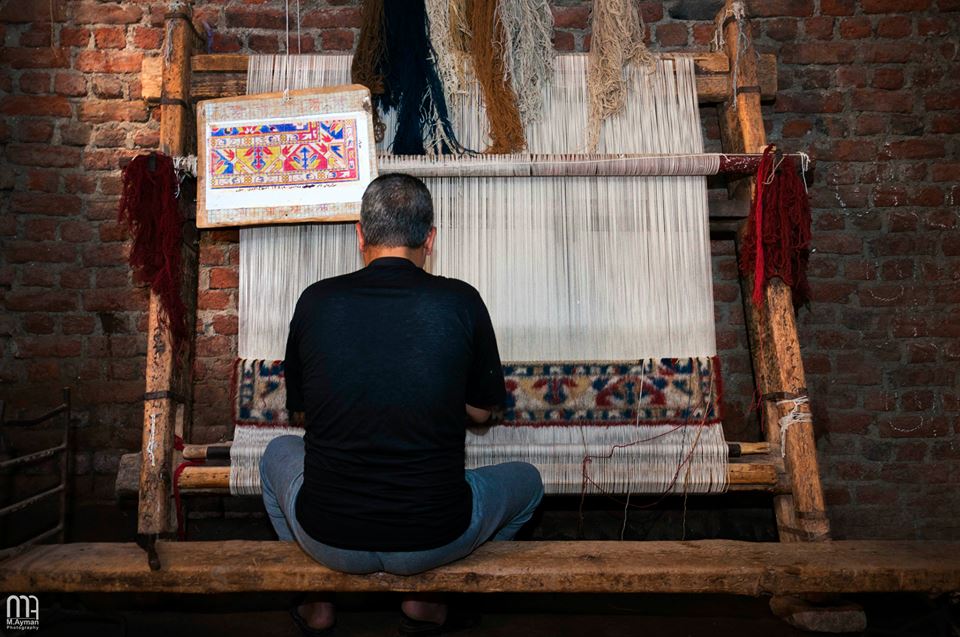|
|
hand:
|
Handmade carpet manufacturing
|

|
|
|
The manufacture of handmade carpets has been known in Fayoum since 5000 years BC. The tools vary between very complex machines and very simple manual looms. There are also three types of fibers, the first of which is natural fibers taken from plants and animals, such as fibers taken from flax, in addition to other fibers taken from animals such as wool, camel hair, goats, and rabbits.
The second type of fiber is synthetic fibers such as copper silk and artificial silk, while the third type includes fibers made from mixing natural fibers and synthetic fibers.
The hand tools used to make traditional carpets, mats and kilims are mainly used in rural Fayoum. The manufacture of kilims, carpets, and mats are considered traditional crafts based on simple looms and are found in many Fayoum villages, such as Dasia, Bashir, Dar Al-Salam, Rahmi, and Motawwal.
|
|
|
|
place:
|
Dasia, Bashir, Dar Al-Salam, Rahmi, and Motawwal
..
|
|
 |